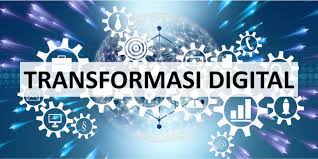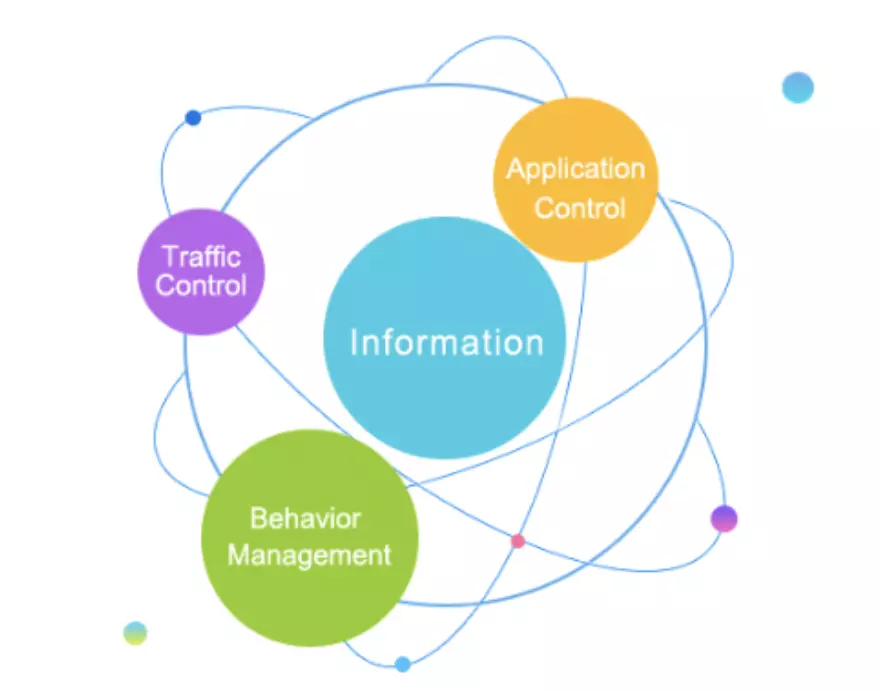Digital transformation can transform business organizations to go beyond conventional business roles such as sales, marketing and customer service. Instead, digital transformation begins and ends with how you think about, and engage with, your customers. When you move from paper forms to smart applications to manage your business, you have the opportunity to run your business and engage customers using digital technology.
Although digital transformation is mostly used in business contexts, it also impacts other organizations such as government institutions, public agencies, and organizations involved in addressing social challenges such as pollution and population in an area by leveraging one or more of the existing technologies and newly appeared.
Digital transformation is not just about technology in physical form. It's about value, optimization and the ability to adapt quickly when needed through the intelligent use of technology and information.
In some countries, such as Japan, digital transformation even aims to influence all aspects of life with the Society 5.0 initiative implemented in that country (which has some similarities to the vision of industrial transformation 4.0).
Digital transformation is a deep transformation of business and organizational activities that includes processes, competencies and business models to fully take advantage of changes and opportunities from the mix of digital technologies and their accelerating impact across society in a strategic and prioritized way, with current and future changes. front.
The Impact of Digital Transformation on Business
Digital transformation will make businesses integrated and connected to each other. It is intended that a business organization can develop and be ready to face the new era. If not, the business will be left behind because it is unable to adapt to new habits. Digital transformation has many influences on various aspects of the business itself. The following are some of the business aspects affected by digital transformation:
• Business activities or functions: marketing, operations, human resources, administration, customer service, and others.
• Business process: one or more operations, activities and sequences that are connected to achieve a specific business goal, where business process management, business process optimization and business process automation come into the picture with new technologies such as robotic process automation. Business process optimization is critical to a digital transformation strategy and in most industries is a mix of customer facing goals and current internal business goals.
• Business model: how the business can function properly, from go-to-market approaches and value propositions to ways of making money that can effectively change the core of the business itself, leveraging new revenue sources and approaches, sometimes even ditching conventional business models.
• Business ecosystem: network of partners and stakeholders, as well as other contextual factors affecting business such as regulations or priorities and economic evolution. New ecosystems are being built between companies with diverse backgrounds on the web of digital transformation, information, where data and actionable intelligence become innovation assets.
• Business asset management: where the focus is on traditional assets but, on less 'tangible' assets such as information and customers (improving the customer experience is the main goal of many digital transformation "projects" and information is the lifeblood of business, technology evolution and all forms of human relations). Both customers and information need to be treated as real assets in all perspectives.
• Organizational culture: where there must be clear goals customer-centric, agile and consciously achieved by acquiring core competencies across areas such as digital maturity, leadership, on-the-job knowledge and so on that may impact the future of the business . Organizational culture also overlaps with processes, business activities, collaboration, and digital transformation on the IT side. To bring applications faster to market, a change is required. That's the essence of DevOps, which is development and operations. In order for IT and OT to work together in business / processes / activities, changes are also required (not only information technology and operations, but also processes, culture, collaboration).
• Ecosystem and partnership model: This can be characterized by the emergence of cooperative, collaborative, co-creation approaches and last but not least, a completely new business ecosystem approach, leading to new business models





